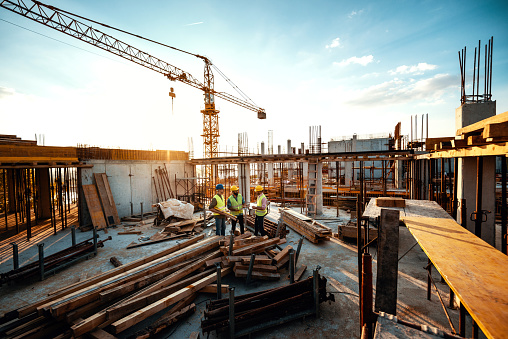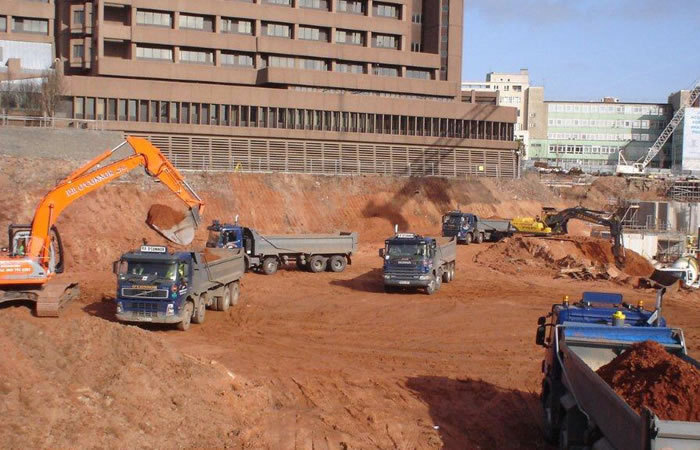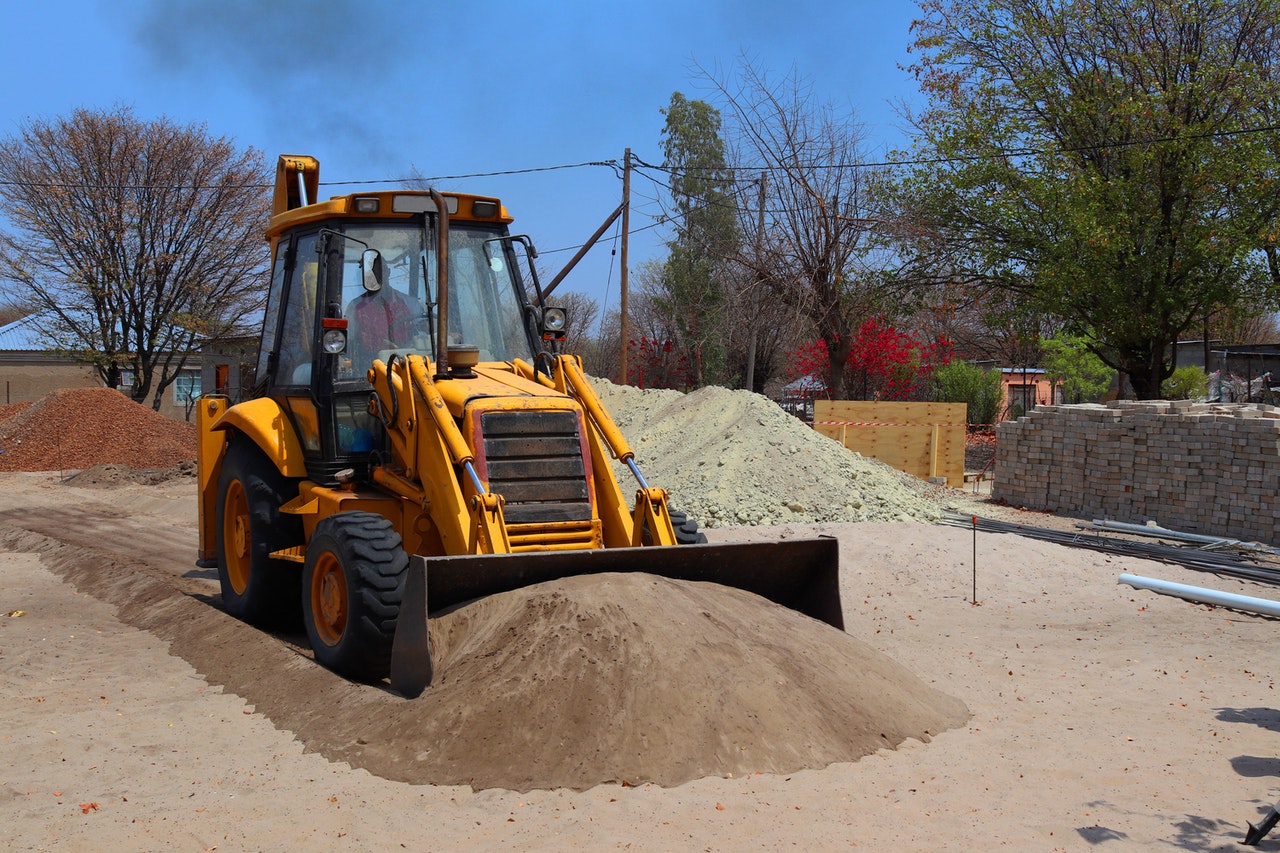Ground clearance is the process of removing trees, shrubs, and vegetation that lie on top of the land to be developed. By doing this, it creates a clear path for development plans to take place with the least amount of disturbance to all-natural growth in the area. Ground Clearance can range from minor vegetation removal (of no more than 6 inches) up to complete ground excavation. This service type may include but is not limited to: -Commercial ground clearance -Commercial land clearance -Ground clearance for development -land clearance for development. Commercial Land Clearance is essentially the same as commercial ground clearance, except with machinery such as excavators, bulldozers, and dump trucks. In this scenario, we are responsible for all the necessary machinery as well as handling the clearing of the land/property. If you are planning to do any kind of development on your property, ground preparation is an extremely important part of the entire process.
Ground Preparation ultimately reduces costs while increasing capacity for future hardscape and landscape features. Property preparation works include: -Clearing unwanted foliage -Loose surface material removal (including but not limited to gravel, stones, vegetation) -Deep ripping -Soil sorting/screening (to remove contamination for new infill or topsoil) These services can be done separately or combined depending on your particular site requirements. This service is listed under both Commercial Land Clearance and Commercial Ground Clearance on our website because it often requires machinery such as excavators, bulldozers, and dump trucks which are used for other services, so it doesn’t make sense to list them all under their own service. With this in mind, you should always seek advice from our team on the best way to prepare your site for development or landscaping.



Site Clearings – Excavations – Ground levelling / grading
Site clearings are conducted to remove all trees, shrubs, vegetation, fences, sheds, garages, pools, etc. If you’re looking to build on that piece of land then doing a site clearing beforehand will ensure that there is no vegetation or anything else in the way of your development plans. We’ll even conduct stump grinding if necessary!
A common misconception is that people think ground clearance means getting rid of the topsoil. Although many projects will involve the removal of topsoil there are certain instances where it can remain intact or simply be reduced by 1-2 inches. In some cases when looking at a level lot with only a few large obstructions this may even prove to be more cost-effective than removing all the overburden.
In situations where trees have been left standing in an area, depending on size they may also need to come down so it would be necessary to remove them in a way that leaves them in a manageable state for reuse in another project. After tree removal, if the land has not been cleared before then debris from these trees will have to be removed as well as the stumps ground down to an acceptable level, or taken out completely.
Ground Clearance for Development: A large obstacle for developers is where earthworks are required on what appears on the surface to be flat land, but actually has very high levels of natural material (clays), rendering traditional dig and fill methods inaccurate or simply not viable. This can cause significant issues with unusable surplus material which can considerably reduce profit margins.
One method that has been adopted by developers is subsurface profiling using GPR equipment, this allows accurate prediction of the number of earthworks required before any excavation takes place saving clients time and money as no unnecessary materials will be removed.


Commercial land clearance
If you’re looking for information about commercial land clearance please check out our other groundworks and excavation, and drainage services.
In the modern world, with a greater focus on urban density and lack of arable land in some places, traditional development methods can be difficult. In certain cases, it’s just not possible to use dig and fill methods to excavate a building footprint without disturbing adjacent buildings or sensitive structures such as underground utilities, sewers, or other buried services.
One common problem encountered by developers is when excavation reveals large quantities of clay-like materials (clays). These clays are generally very strong in compression but weak in shear making them unsuitable for backfill if they were removed from a site.
Where traditional methods have been used for excavation, these clays often end up being spread over the site ‘landscaping’. This is not only aesthetically unappealing but also poses a serious slip hazard for pedestrians and vehicles.
It’s for this reason why many commercial development projects require ground clearance services of one sort or another prior to excavation of building footprints taking place even if it’s just garden preparation services etc.
How much to clear a field?
The location of the site also plays an important role when it comes to costing charges – if the site is in town, for instance, you’d generally expect prices to go higher than they would for an identical job situated in open countryside. As mentioned above, however, this isn’t always necessarily so! You can also expect to be asked to pay for any hazardous waste, such as asbestos or other toxic materials, before the contractor will start work on site.
We will always give you a written quotation so that you know exactly what the end cost is going to be – this way there are no hidden extras or surprises once the job has been completed – and it also allows you to compare prices from various contractors. Most decent companies should be happy to provide quotations in writing, even if they’re unable to do all of the work themselves – many find themselves acting at subcontractors for larger operations where the actual clearance process may not take up all of their time.
Can you clear land yourself?
Ground Clearance companies use professional expertise and machinery for best results. For example, why is risk injuring yourself or others? Why risk damaging expensive equipment? There is nothing wrong with clearing your own land, but for larger projects or complicated situations best left to the professionals.
